FunctionsDescriptionplot(x-axis value, y-axis-values)It is used to plot a simple line graph with x-axis value against the y-axis values. We have plotted the different types of graphs for the graphical representation of the data. Matplotlib is quite possibly the simplest way to plot data in Python. It is similar to plotting in MATLAB, allowing users full control over fonts, line styles, colors, and axes properties. This allows for complete customization and fine control over the aesthetics of each plot, albeit with a lot of additional lines of code. There are many third-party packages that extend the functionality of matplotlib such as Basemap and Cartopy, which are ideal for plotting geospatial and map-like data.
Seaborn and Holoviews provide higher level interfaces, which results in a more intuitive experience. Matplotlib is also integrated into the pandas package, which provides a quick and efficient tool for exploratory analysis. It is a powerful python library for creating graphics or charts. It takes care of all of your basic and advanced plotting requirements in Python.
It took inspiration from MATLAB programming language and provides a similar MATLAB like interface for graphics. The beauty of this library is that it integrates well with pandas package which is used for data manipulation. With the combination of these two libraries, you can easily perform data wrangling along with visualization and get valuable insights out of data. Like ggplot2 library in R, matplotlib library is the grammar of graphics in Python and most used library for charts in Python.
Plotly's Python graphing library makes interactive, publication-quality graphs. Examples of how to make line plots, scatter plots, area charts, bar charts, error bars, box plots, histograms, heatmaps, subplots, multiple-axes, polar charts, and bubble charts. Geoplotlib is a toolbox for creating maps and plotting geographical data. You can use it to create a variety of map-types, like choropleths, heatmaps, and dot density maps. You must have Pyglet (an object-oriented programming interface) installed to use geoplotlib.
Nonetheless, since most Python data visualization libraries don't offer maps, it's nice to have a library dedicated solely to them. Matplotlib provides an incredibly large amount of customization options. It would be impractical to cover off every customization option here, so we will focus on some of the key elements.
You'll learn how to add titles and axis labels, as well as how to modify axis ranges. You'll also learn how to add legends to your plots and how to change element colors. Finally, you'll learn how to use built-in styles to keep your charts looking consistent.
In this tutorial, you'll learn how to use ggplot in Python to create data visualizations using a grammar of graphics. A grammar of graphics is a high-level tool that allows you to create data plots in an efficient and consistent way. It abstracts most low-level details, letting you focus on creating meaningful and beautiful visualizations for your data. After defining the data and the aesthetics we need to define the type of plot that we want for visualization. This tells the plotline that how the data points should be shown. It provides a variety of geometric objects like scatter plots, line charts, bar charts, box plots, etc.
With the use of matplotlib library, we can generate multiple sub-plots in the same graph or figure. Matplotlib provides two interfaces to do this task - plt.subplots and plt.figure(). Logic is similar in both the ways - we will have a figure and we'll add multiple axes (sub-plots) on the figure one by one.I created a dummy DataFrame for illustration. In this example, we have data for cities with cost of living scores (fake data!) of year 2017 and 2018. Bokeh provides three interfaces with varying levels of control to accommodate different user types. It includes methods for creating common charts such as bar plots, box plots, and histograms.
The middle level has the same specificity as matplotlib and allows you to control the basic building blocks of each chart . The lowest level is geared toward developers and software engineers. It has no pre-set defaults and requires you to define every element of the chart. Matplotlib is a plotting package designed to create plots in a similar fashion to MATLAB. The library makes it easy to create a chart with a single line of code, but also provides an extensive (really, it's huge!) set of customization options. This is great, but it can also make the library very confusing to use.
This tutorial is meant to provide an easy, simple-to-follow introduction to matplotlib, allowing you to build and customize charts in Python. This tutorial outlines how to perform plotting and data visualization in python using Matplotlib library. The objective of this post is to get you familiar with the basics and advanced plotting functions of the library. It contains several examples which will give you hands-on experience in generating plots in python. In this tutorial, you'll learn how to get started with plotting in Python with the matplotlib library. You'll learn how the matplotlib library works and gain an understanding of its "anatomy".
You'll learn how to plot and customize some simple graphs and how to use the matplotlib library with Pandas. Finally, you'll learn how to plot and discover different plot types. We mainly know ggplot as a package used in R for data visualizations. This package is responsible for making R one of the best tools in the world of data visualization.
This package is created by Hadley Wickham and can be considered as an implementation of the grammar of graphics suggested by Leland Wilkinson. It is great for creating interactive visualizations easily and quickly. One downside is that it's latest version still does not support pie charts, though the cofounder states that the next release should. Because matplotlib was the first Python data visualization library, many other libraries are built on top of it or designed to work in tandem with it during analysis.
Some libraries like pandas and Seaborn are "wrappers" over matplotlib. They allow you to access a number of matplotlib's methods with less code. To close off the tutorial, let's look at a more complex example. We'll work our way through creating the multiple bar chart below.
Throughout this section, you'll learn more about the .bar() method and how positioning works in Python's Matplotlib. Insofar, you've focused on overlaying lines over one another. In the case of bar charts, this won't do, as we will want to display the bars beside one another. Making graphs, or plots, is an incredibly important skill in your data science journey. There's a reason people say that a picture is worth a thousand words. Whether you're using plotting as part of your exploratory data analysis or for the final presentation of your results, matplotlib provides an extensive toolset to let you customize your graphs.
We'll now take an in-depth look at the Matplotlib tool for visualization in Python. Matplotlib is a multiplatform data visualization library built on NumPy arrays, and designed to work with the broader SciPy stack. It was conceived by John Hunter in 2002, originally as a patch to IPython for enabling interactive MATLAB-style plotting via gnuplot from the IPython command line. IPython's creator, Fernando Perez, was at the time scrambling to finish his PhD, and let John know he wouldn't have time to review the patch for several months. John took this as a cue to set out on his own, and the Matplotlib package was born, with version 0.1 released in 2003.
This can be very helpful when discovering and getting to know a dataset and can help with classifying patterns, corrupt data, outliers, and much more. With a little domain knowledge, data visualizations can be used to express and demonstrate key relationships in plots and charts. The static does indeed focus on quantitative description and estimations of data. It provides an important set of tools for gaining a qualitative understanding. With this 3D axes enabled, we can now plot a variety of three-dimensional plot types. The approach just described can become quite tedious when you're creating a large grid of subplots, especially if you'd like to hide the x- and y-axis labels on the inner plots.
For this purpose, plt.subplots() is the easier tool to use . Rather than creating a single subplot, this function creates a full grid of subplots in a single line, returning them in a NumPy array. The arguments are the number of rows and number of columns, along with optional keywordssharex and sharey, which allow you to specify the relationships between different axes.
Plotnine is an implementation of a grammar of graphics in Python, it is based on ggplot2. The grammar allows users to compose plots by explicitly mapping data to the visual objects that make up the plot. Visualization of the data plays a crucial role in the majority of data analytics tasks. The ggplot package of the R programming language makes the R richer on the side of data visualization. In python as well, various packages are also available for data visualization.
If the features and capabilities of ggplot can be used in python, it will be a valuable advantage in many visualization specific tasks. In this article, we are going to explore how we can use ggplot in python for visualizing data using a package named plotnine that is based on ggplot2. The major points to be discussed in the article are listed below.
Now that I have taken the time to learn some of these tools and how to use them with matplotlib, I have started to see matplotlib as an indispensable tool. This post will show how I use matplotlib and provide some recommendations for users getting started or users who have not taken the time to learn matplotlib. I do firmly believe matplotlib is an essential part of the python data science stack and hope this article will help people understand how to use it for their own visualizations. The python visualization world can be a frustrating place for a new user. There are many different options and choosing the right one is a challenge.
For example, even after 2 years, this article is one of the top posts that lead people to this site. In that article, I threw some shade at matplotlib and dismissed it during the analysis. However, after using tools such as pandas, scikit-learn, seaborn and the rest of the data science stack in python - I think I was a little premature in dismissing matplotlib. To be honest, I did not quite understand it and how to use it effectively in my workflow. In the preceding sections, you've learned about the most important aspects of grammars of graphics and how to use plotnine to build data visualizations. Using ggplot in Python allows you to build visualizations incrementally, first focusing on your data and then adding and tuning components to improve its graphical representation.
HoloViz tools build on the many excellent visualization tools available in the scientific python ecosystem, allowing you to access their power conveniently and efficiently. The core tools make use of Bokeh's interactive plotting, Matplotlib's publication-quality output, and Plotly's interactive 3D visualizations. The matplotlib.pyplot is the collection command style functions that make matplotlib feel like working with MATLAB. Avid users of R know that ggplot2 is there to make your life simpler when dealing with exploratory data analysis and data visualization.
It makes it so easy to create elegant and powerful plots that can help decipher underlying relationships in the data. Plotnine is a python implementation of ggplot2, an R plotting system, and concepts from The Grammar of Graphics. It's a powerful visualization package that you layer components to create a complete plot. For instance, you can start with axes, then add points, then a line, a trendline, etc.
As a functional port of ggplot2, R programmers familiar with ggplot2 will find Plotnine easy to transition to. Seaborn harnesses the power of matplotlib to create beautiful charts in a few lines of code. The key difference is Seaborn's default styles and color palettes, which are designed to be more aesthetically pleasing and modern. Since Seaborn is built on top of matplotlib, you'll need to know matplotlib to tweak Seaborn's defaults.
It does have a powerful faceting utility function that I use regularly. You can see that there are quite a few styles available! Let's use the ggplot style, that's been borrowed from the popular R language.
We can apply a style by using the style.use() method, where we simply need to pass in the style name. We'll pass this in before you create the first figure and axes. In the code below, you'll find the entire code to create our graph, with any subsequent styling removed. While it's great that we can customize the colors of our graphs, there will be a lot of times when you simply want to create a graph that follows a particular style.
Because of this, Matplotlib comes with a number of different styles that can be applied to any type of chart. At this point, the chart you've created is no longer understandable. In order to make the graph easier to read, you'll learn how to customize Matplotlib plots using titles, legends, and other customizations in the following section. In order for your script to finish running, you need to close the window itself.
The graphic itself isn't very inspirational from a design perspective. A little later in this tutorial, you'll learn how to customize labels and titles, legends, and colors, as well as styling your graph with built-in styles. This is a peek into the low-level artist objects that compose any Matplotlib plot. The resulting plot looks exactly the same as the original but we added an additional call to plt.subplots()and passed the axto the plotting function.
Remember when I said it is critical to get access to the axes and figures in matplotlib? Any future customization will be done via the axor figobjects. Despite some of these issues, I have come to appreciate matplotlib because it is extremely powerful. The library allows you to create almost any visualization you could imagine. Additionally, there is a rich ecosystem of python tools built around it and many of the more advanced visualization tools use matplotlib as the base library. If you do any work in the python data science stack, you will need to develop some basic familiarity with how to use matplotlib.
That is the focus of the rest of this post - developing a basic approach for effectively using matplotlib. Using ggplot in Python allows you to build data visualizations in a very concise and consistent way. As you've seen, even complex and beautiful plots can be made with a few lines of code using plotnine. In this section, you learned another way to display more than two variables in a graphic using ggplot in Python.













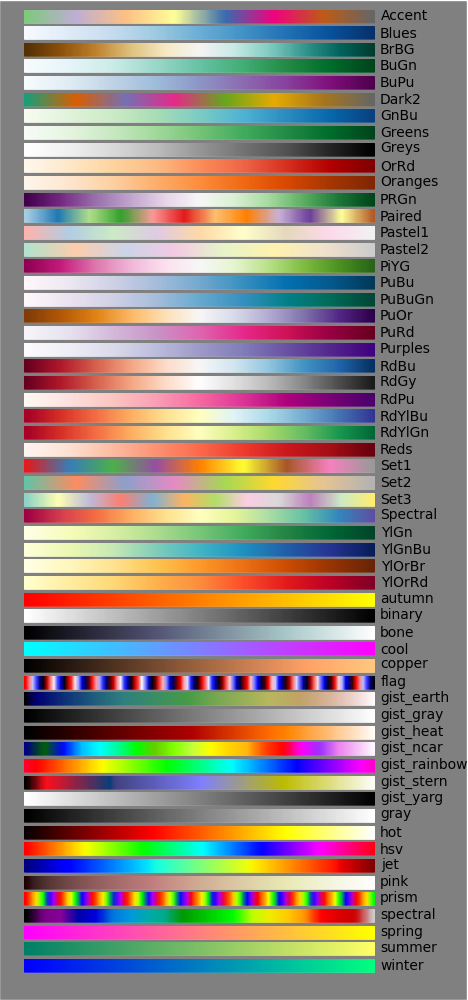
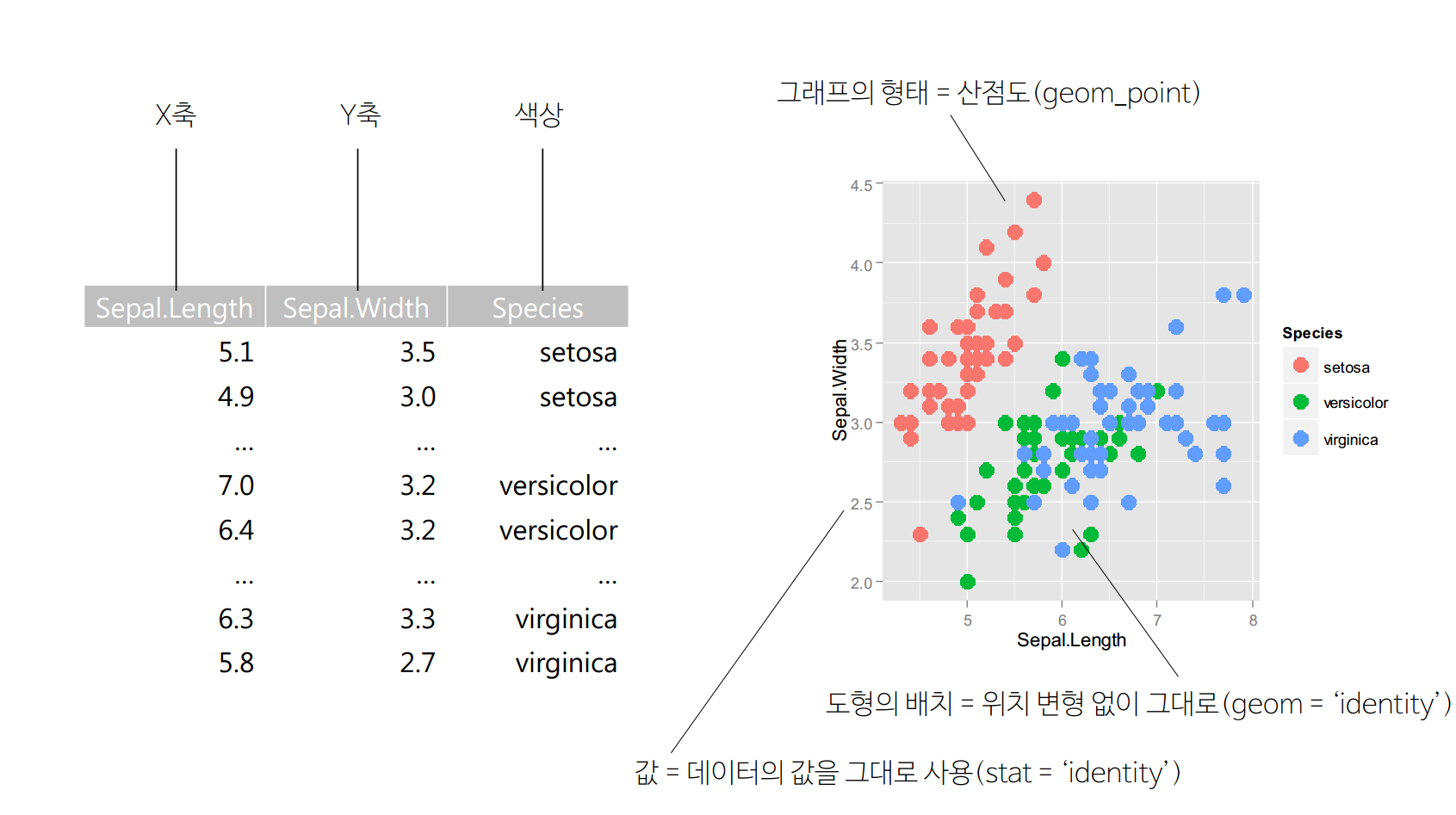
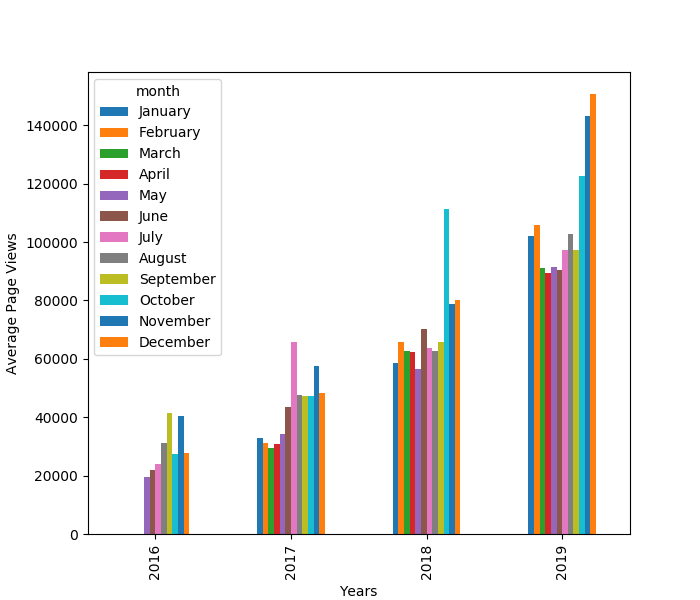
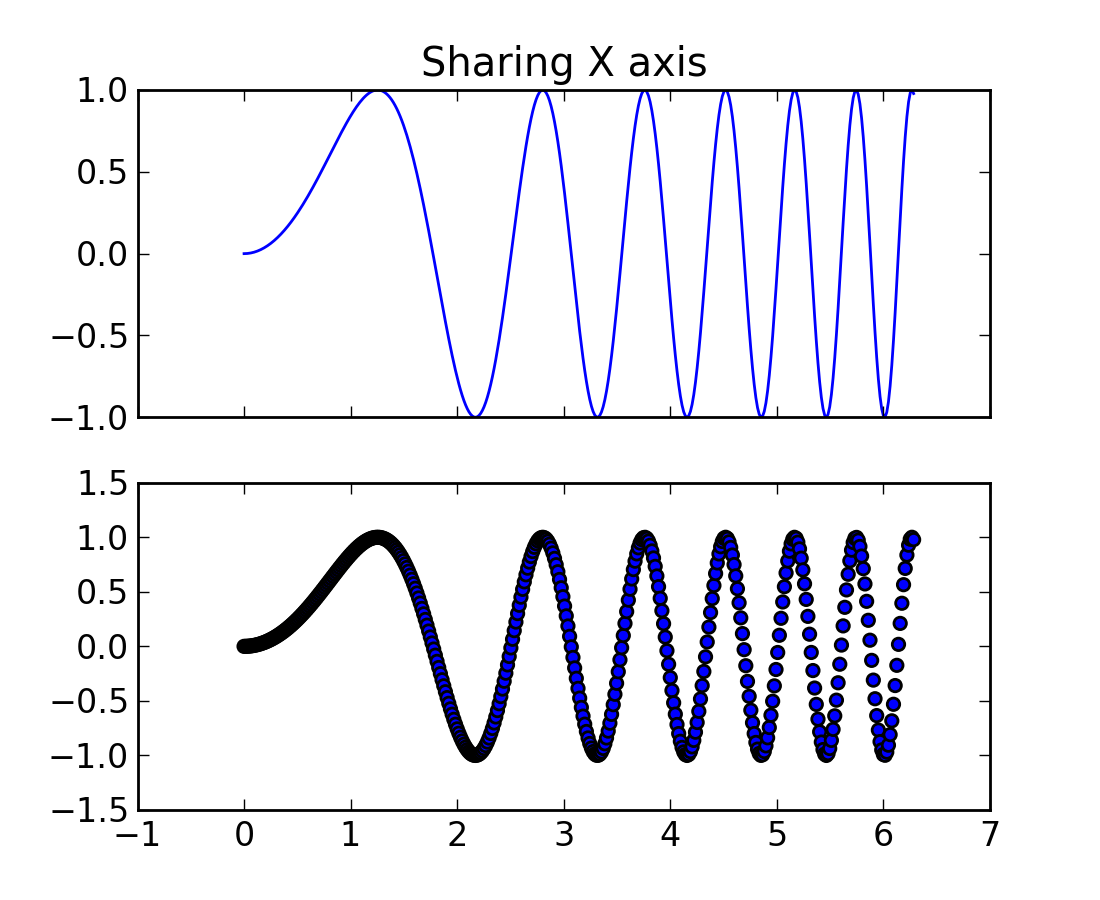


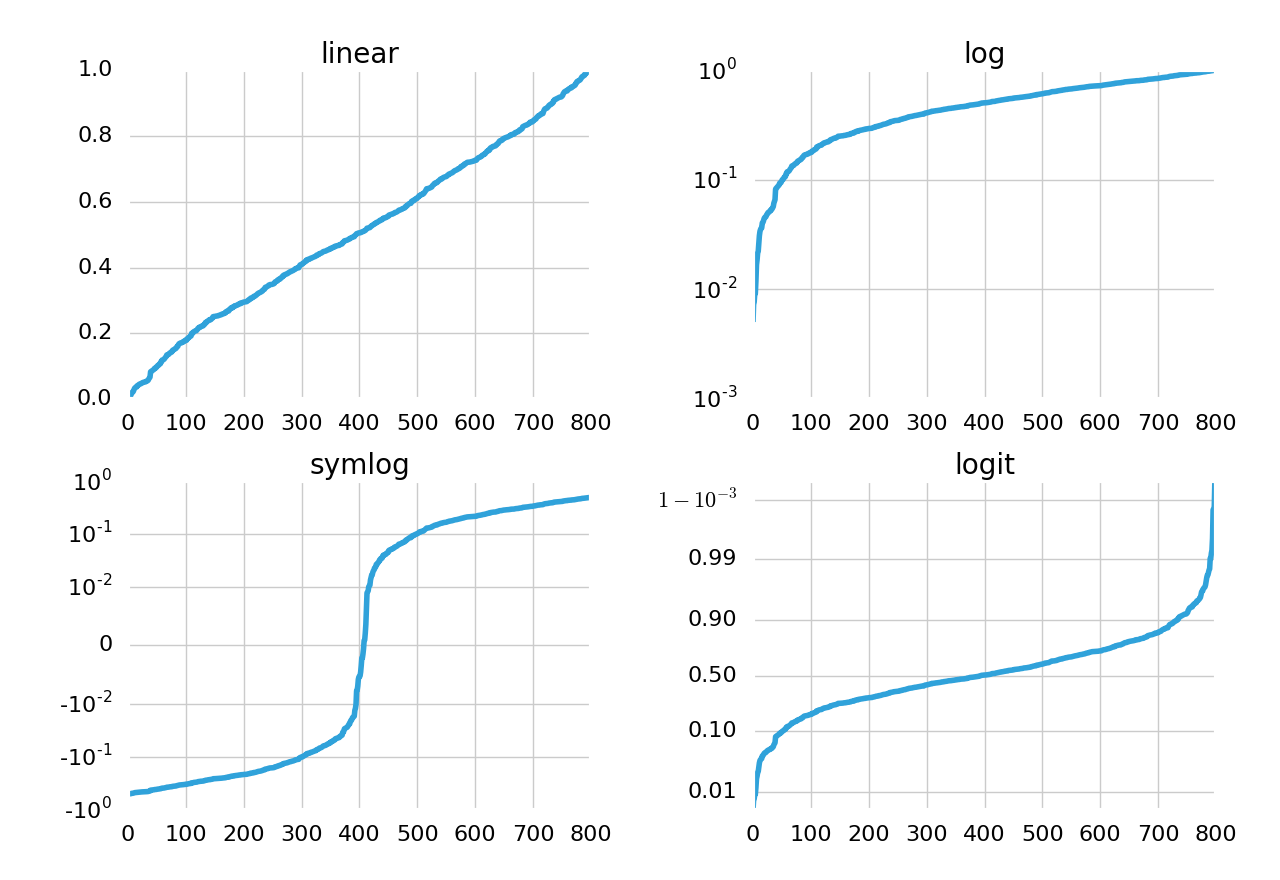






No comments:
Post a Comment
Note: Only a member of this blog may post a comment.